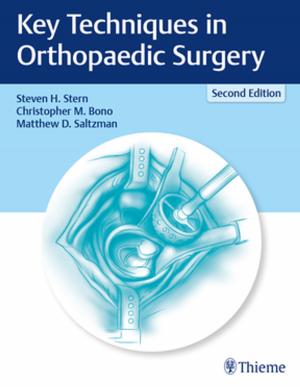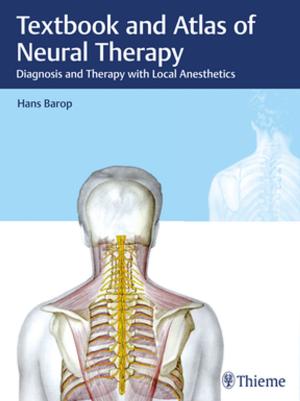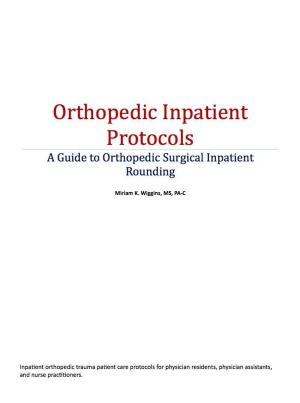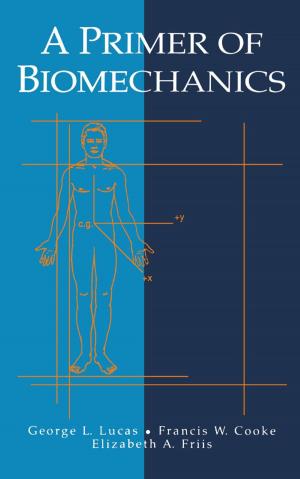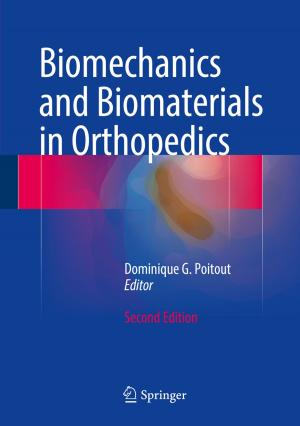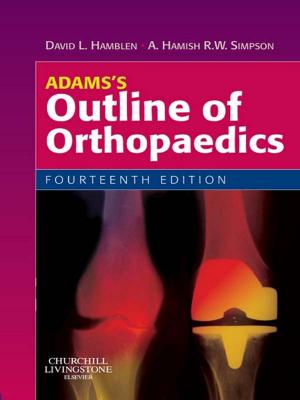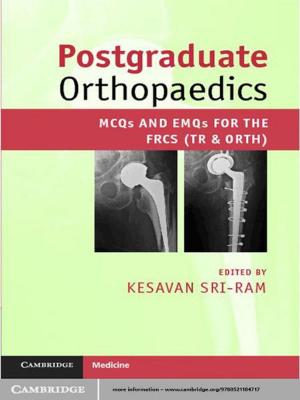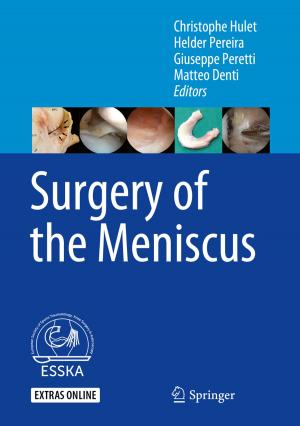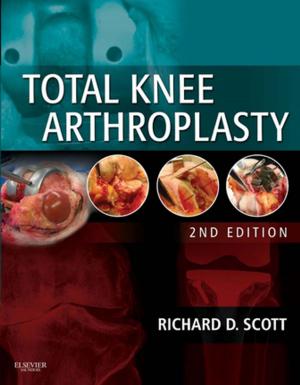Minimally Invasive Plate Osteosynthesis (MIPO)
Nonfiction, Health & Well Being, Medical, Specialties, Orthopedics| Author: | Reto Babst, Suthorn Bavonratanavech, Rodrigo F. Pesantez | ISBN: | 9783131624123 |
| Publisher: | Thieme/AO | Publication: | June 13, 2012 |
| Imprint: | Thieme/AO | Language: | English |
| Author: | Reto Babst, Suthorn Bavonratanavech, Rodrigo F. Pesantez |
| ISBN: | 9783131624123 |
| Publisher: | Thieme/AO |
| Publication: | June 13, 2012 |
| Imprint: | Thieme/AO |
| Language: | English |
This textbook offers a comprehensive view of all aspects of minimally invasive plate osteosynthesis (MIPO). The second expanded edition includes the expert knowledge of AO surgeons from all around the world. It not only provides basic concepts and the latest clinical and basic scientific research, but guides the interested surgeon through the crucial steps of MIPO application in the different anatomical regions.
Enhanced by clear photographs, x-rays, MRls, CT scans, and detailed illustrations, the book comprises two sections:
- Section 1, Principles, covers the principles of MIPO surgery as well as education in MIPO.
- Section 2, Cases, encompasses all anatomical regions. For each region there is a comprehensive introduction covering general aspects of MIPO techniques regarding indications, preoperative planning, and positioning, before indirect and direct reduction and fixation techniques are presented. Case examples then allow the reader to follow each procedure in a thorough, step-by-step manner. Additional chapters on pediatric and fragility fractures, special indications, and implant removal conclude this second section.
The main concept behind the MIPO technique is to deal with soft tissue and bone in a way that does not add additional trauma to the fracture site. The bone must be accessed through soft-tissue windows away from the fracture site. Direct reduction maneuvers, if needed, should be executed to leave only small footprints at the fracture area and reduce disturbance of fracture healing.
This textbook offers a comprehensive view of all aspects of minimally invasive plate osteosynthesis (MIPO). The second expanded edition includes the expert knowledge of AO surgeons from all around the world. It not only provides basic concepts and the latest clinical and basic scientific research, but guides the interested surgeon through the crucial steps of MIPO application in the different anatomical regions.
Enhanced by clear photographs, x-rays, MRls, CT scans, and detailed illustrations, the book comprises two sections:
- Section 1, Principles, covers the principles of MIPO surgery as well as education in MIPO.
- Section 2, Cases, encompasses all anatomical regions. For each region there is a comprehensive introduction covering general aspects of MIPO techniques regarding indications, preoperative planning, and positioning, before indirect and direct reduction and fixation techniques are presented. Case examples then allow the reader to follow each procedure in a thorough, step-by-step manner. Additional chapters on pediatric and fragility fractures, special indications, and implant removal conclude this second section.
The main concept behind the MIPO technique is to deal with soft tissue and bone in a way that does not add additional trauma to the fracture site. The bone must be accessed through soft-tissue windows away from the fracture site. Direct reduction maneuvers, if needed, should be executed to leave only small footprints at the fracture area and reduce disturbance of fracture healing.

